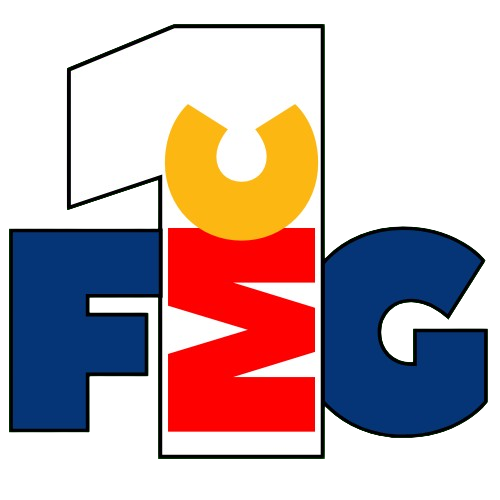Q-commerce Drives 3X Growth in FMCG Online Shopping Frequency
India’s FMCG sector is witnessing a significant transformation in consumer behavior, with online shopping frequency tripling over the past five years, driven by the rapid rise of quick commerce (q-commerce). A new report from Redseer Strategy Consultants shows that q-commerce now accounts for around 30% of online FMCG sales—a notable leap from less than 10% in FY19.
This surge is influencing how consumers interact with both platforms and brands. Online FMCG shoppers, once infrequent buyers, are now making purchases almost three times more often annually. Food and hygiene-related categories are at the forefront of this shift, benefitting directly from the speed and convenience delivered by q-commerce platforms.
Q-commerce as a Category Growth Engine
According to the report, q-commerce is not just competing with traditional retail—it’s expanding the total market. Nearly 60% of shoppers on rapid delivery platforms like Blinkit and Zepto previously bought offline, while 40% are new category entrants due to the accessibility of hyper-fast delivery services. This influx of incremental users underlines q-commerce’s role in growing the category rather than simply migrating consumers from other online channels.
Frequency and Trial vs. Bulk Purchase
Q-commerce is primarily facilitating trials and top-up buys, with shoppers turning to these platforms for quick, impulse purchases. In contrast, modern trade and e-commerce continue to dominate bulk buying behaviors. As such, FMCG brands are being advised to develop distinct playbooks tailored to each channel’s consumer intent and behavior.
The Road Ahead for Online FMCG
Redseer projects that online FMCG could contribute up to 15% of the sector’s total sales by 2030, up from about 5% today. The growth is expected to be fuelled by smaller towns and a broader assortment of essential and indulgent products. To capitalize on this momentum, brands need to strengthen their digital presence and refine channel-specific strategies that align with the nuances of quick commerce, e-commerce, and traditional outlets.
For FMCG industry players, the expanding relevance of q-commerce signals both a growth opportunity and a need for greater agility in product assortment, marketing, and channel alignment as consumer expectations around speed and convenience continue to rise.
